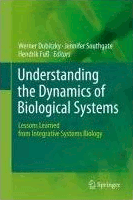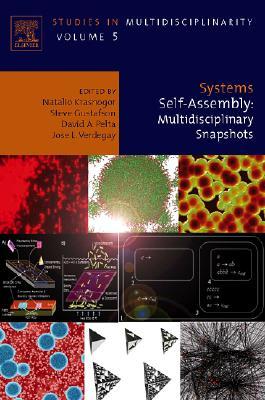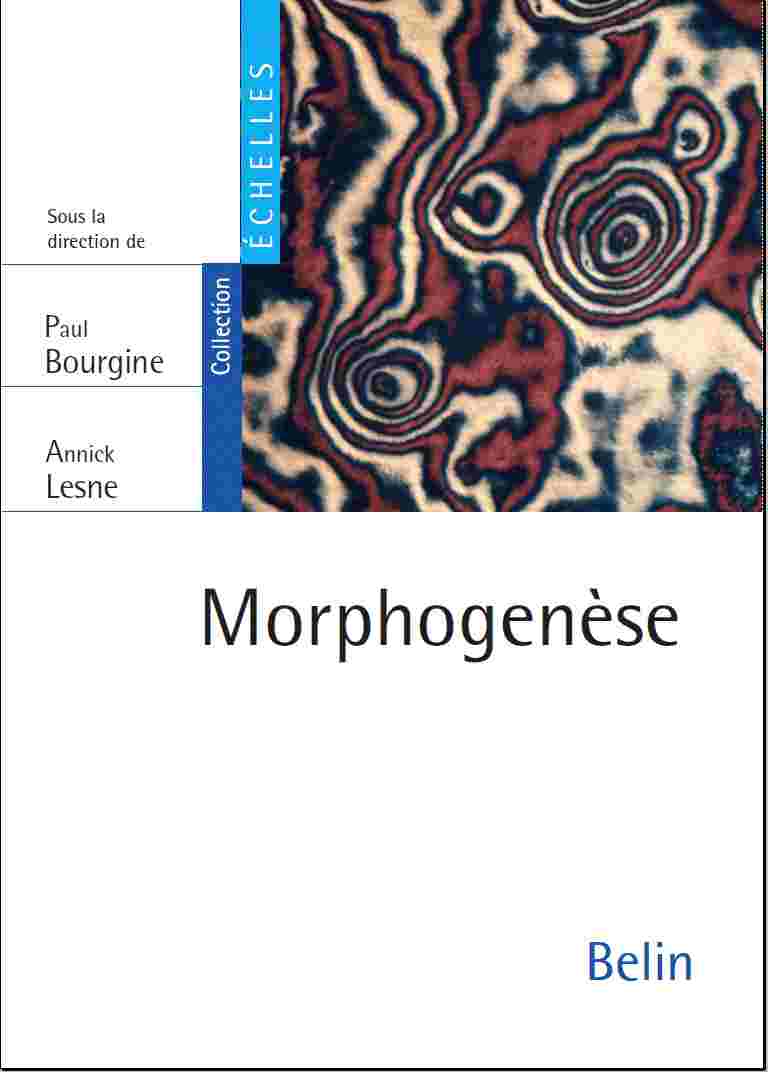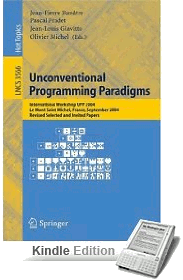back to the tutorial home page
back to the MGS home page
Motivations and Target Application Domain
Morphogenesis and (DS)² Dynamical Systems with a Dynamical Structure
- The notion of Dynamical System with a Dynamical Structure or (DS)2 has been introduced in the seminal report on the MGS project (2001, 97p.).
- We have advocate with many other the use of rewriting systems in systems biology.
- This articles with G. Malcolm focuses on the modeling on regulatory networks: Rewriting Systems and the Modelling of Biological Systems. Comparative and Functional Genomics, 5:95-99, February 2004
- This technical report (published later as a Chapter in a book), investiage the relationships between dynamical systems and rewriting system to go beyond Lindenmayer system.
- Lindenmayer system is the success story of generative formalisms applied to the modeling of morphogenesis. Wonderfull work have been developped in this area by Przemek Prusinkiewicz. The Algorithmic Botany home page are a good starting point. The Algorithmic Beauty of Plants published in 1990 by Springer was a landmark and now hopefully available on-line.
- MGS has been used in modeling of morphogenesis:
- The corresponding thesis of Pierre Barbier de Reuille.
- Declarative modeling of a neurulation-like process, Biosystems 2007. (preliminary report)
- The MGS approach has been presented here in particular: Design Patterns of Pattern Formation and Morphogenesis in a Declarative Programming Language. In Conférence Interdisciplinaire sur la Formation des Motifs dans la Morphogénèse, IHES, 2010. (slide)
MGS chapter related to Systems Biology and Morphogenesis

Understanding the Dynamics of Biological Systems chapter: Interaction-Based Simulations for Integrative Spatial Systems Biology Application to the Simulations of a Synthetic Multicellular Organism in MGS edited by W. Dubitzky, J. Southgate, H. Fuss 270 p. Springer, ISBN 978-1-4419-7963-6, Feb. 2011 |

Morphogenesis: Origins of Patterns and Shapes L'origine des formes chapter : Computer Morphogenesis edited by Paul Bourgine and Annick Lesne Springer, ISBN 978-3-642-13173-8 table of content |

Systems Self-Assembly: multidisciplinary snapshots chapter: Simulation of self-assembly processes using abstract reduction systems edited by Natalio Krasnogor, Steve Gustafson, David Pelta and Jose L. Verdegay 2008, 304 pages, ISBN-10: 0-444-52865-2 table des matières |

Morphogenèse : L'origine des formes chapitre : Morphogenèse Informatique sous la direction de Paul Bourgine et Annick Lesne 2006, 17 x 24 cm, 352 pages, code Belin 004471, ISBN 2-7011-4471-X, EAN 9782701144719 table des matières Interview de Annick Lesne sur France-Culture (10Mb, .rm) |

Molecular Computational Models: Unconventional Approaches chapter : Modeling Developmental Processes in MGS edited by Marian Gheorghe (Univ. of Sheffield) 2005, 287 pages, ISBN: 1-59140-334-0 table des matières |

Unconventional Programming Paradigms International Workshop UPP 2004, Le Mont Saint Michel, France, September 15-17, 2004, Revised Selected and Invited Papers. Series: Lecture Notes in Computer Science , Vol. 3566 editors: Jean-Pierre Banâtre, Pascal Fradet, jean-Louis Giavitto, Olivier Michel. 2005, XI, 367 p. With online files/update., Softcover. ISBN: 978-3-540-27884-9 |
Interaction-based Computing
- MGS interaction:
- Computation in space and space in computation article in UPP'O4 (LNCS 3566)
- Chapter: Interaction-Based Simulations for Integrative Spatial Systems Biology Application to the Simulations of a Synthetic Multicellular Organism in MGS in Understanding the Dynamics of Biological Systems Lessons Learned from Integrative Systems Biology, Springer. (preliminary draft)
- Going beyond interaction between two agents is also a concern un multi-agent system. See for instance the work or Philippe Mathieu and Sebastien Picaud in the IODA project
- Erik Rauch has given a striking answer to the question How minimal can a discrete model be? This work was done in the Amorphous group at MIT. The notion of interaction is central in this work and the corresponding paper was very inspiring for us.
Spatial Computing
The Spatial Computing Home Page
The last spatial computing workshop SCW'2012 was colocated with AAMAS. The proceedings are available here as a PDF file.
This workshop is a continuation of a series of workshops on spatial computing previously colocated with SASO. Previous editions of this workshop may be found at the following urls:
Two special issues of journals have been organized a workshop follow-up:
- ACM Transactions on Autonomous and Adaptive Systems (TAAS) Special Issue on Spatial Computing (Volume 6 Issue 2, June 2011) (open post-proceedings SCW 2008 and 2009)
- The Computer Journal Special Issue on Spatial Computing (open post-proceedings SCW 2010 and 2011)
This series of event originate in a Dagsthul Seminar Computing Media and Languages for Space-Oriented Computation. The executive report introduces the first definition of SC.
J. Beal and co-authors have written a useful review chapter to appear as a chapter in book Formal and Practical Aspects of Domain-Specific Languages: Recent Developments that analyze and compare several spatial computing DSLs : Organizing the Aggregate: Languages for Spatial Computing